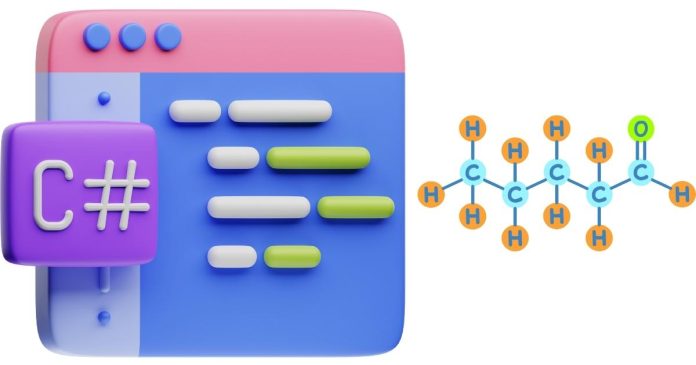In C programming, a nested structure refers to the concept of one structure being defined within another structure. This allows you to model more complex data types by combining simple structures.
Syntax
Here’s a simple example of a nested structure:
#include <stdio.h>
struct Address {
char street[50];
char city[50];
char state[20];
int zip;
};
struct Person {
char name[50];
int age;
struct Address address; // Nested structure
};
int main() {
struct Person p1;
// Assign values to the nested structure fields
strcpy(p1.name, "John Doe");
p1.age = 30;
strcpy(p1.address.street, "123 Elm St");
strcpy(p1.address.city, "Somewhere");
strcpy(p1.address.state, "XY");
p1.address.zip = 12345;
// Display the values
printf("Name: %s\n", p1.name);
printf("Age: %d\n", p1.age);
printf("Address: %s, %s, %s %d\n", p1.address.street, p1.address.city, p1.address.state, p1.address.zip);
return 0;
}
Explanation:
struct Address: This is a simple structure that stores information about a person’s address (street, city, state, and zip code).struct Person: This structure contains basic information about a person, such as their name and age, and includes a field of typestruct Address(nested structure) to store the person’s address.- Accessing nested structure: The
p1.address.street,p1.address.city, etc., are examples of how you access members of the nested structure.
Key Points:
- Nested structures allow you to break down complex data models into smaller, manageable parts.
- You can access nested members using the dot operator.
- When passing a structure with a nested structure to a function, the entire structure (including the nested one) is passed either by value or by reference.


